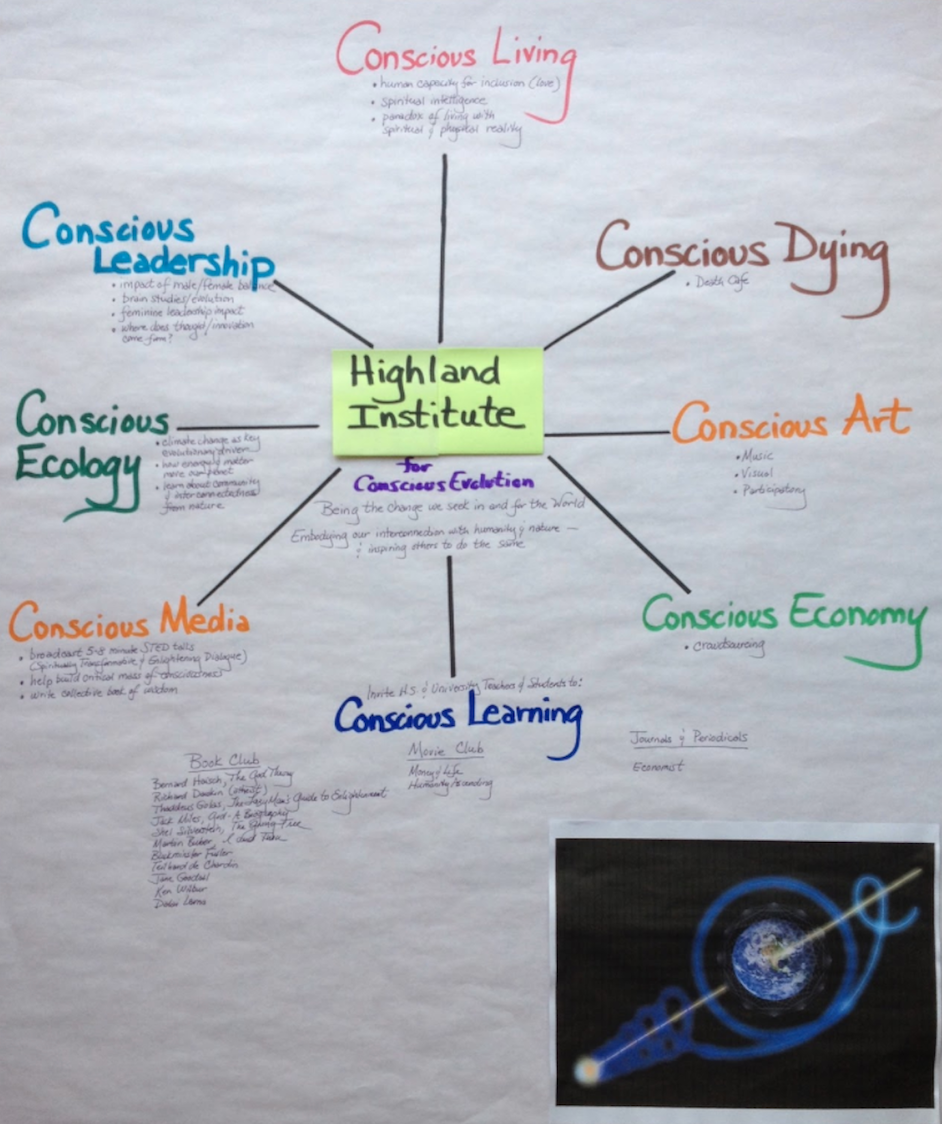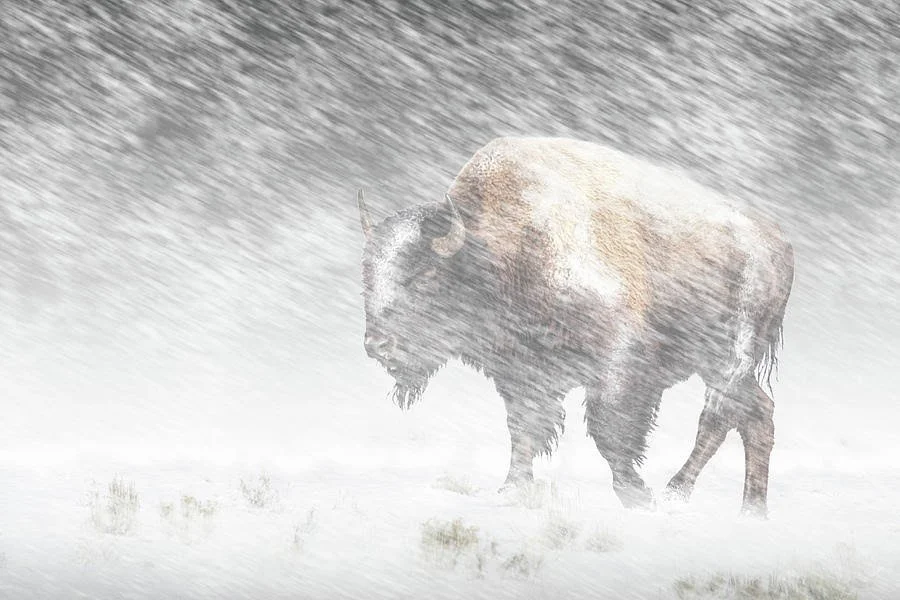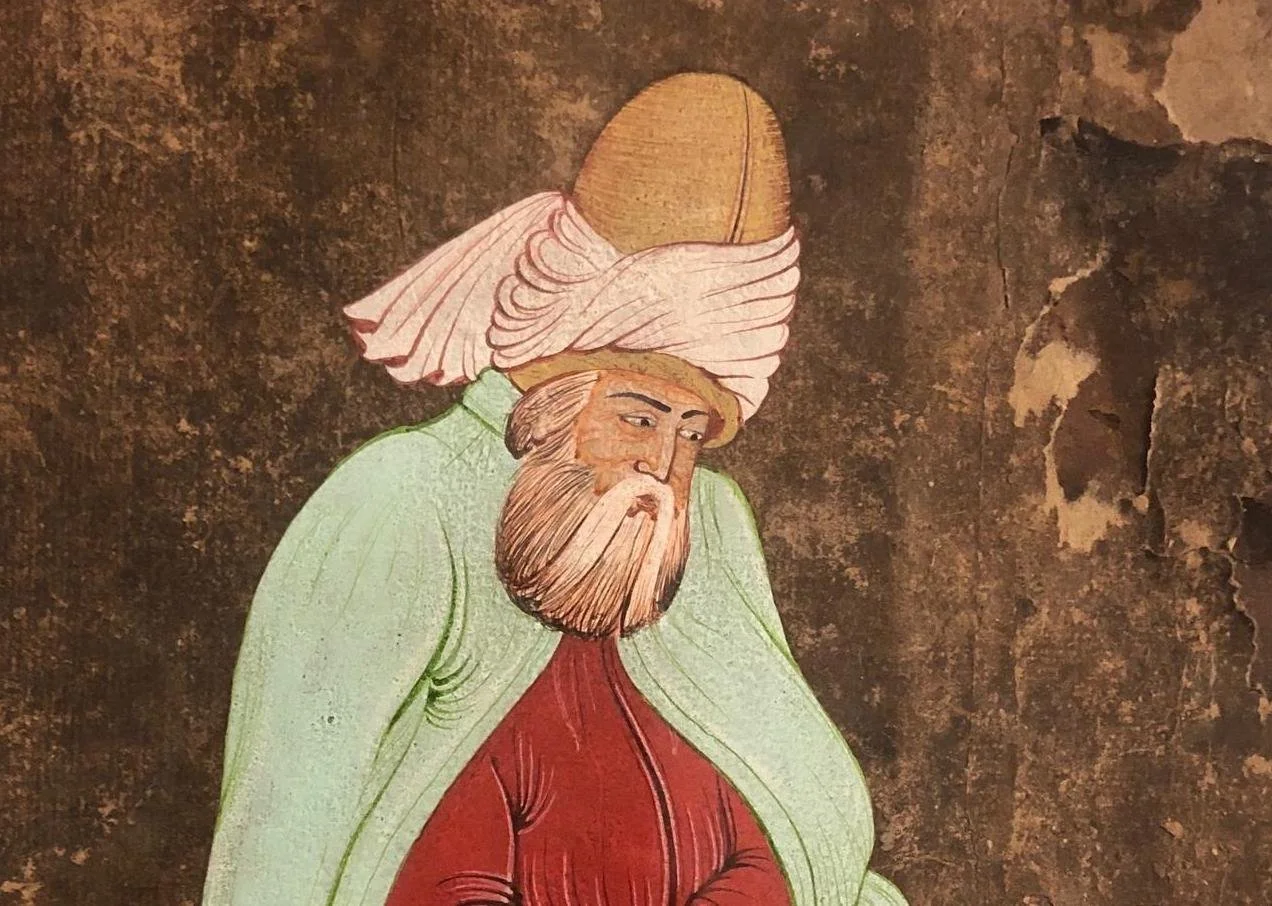Let’s start with the premise that our universe is 13.7-billion years old; the earth is 4.5-billion years old; life on earth started 3.5- billion years ago, and our homo species has only been around for a remarkably short 200-thousand years.
We posit that the rapid expansion of our species is due to the compounding effects of four technological evolutions to date. Nearly 50,000 years ago we learned to control fire, enabling us to cook our food and digest enough extra protein to support a new brain that accommodated speech. Then, nearly 5,000 years ago saw the advent of writing. Only 500 years ago came the printing press, a tool that made possible the dissemination of information far and wide. Nearly 50 years ago the introduction of computers changed the way we work and live. Notice the ten-fold reduction in years per technological breakthrough.
Shirley Yu, a senior fellow at Harvard’s Kennedy School, frames it in economic terms: Global gross domestic product in 1900 was $3.4 trillion (in international 2011 dollars). In 2020 the figure was $112.7 trillion. During the same 120-year period, the world population grew from 1.6 billion to 7.8 billion. Less than five times as many people produced more than 33 times as much output. Her conclusion: technology, not labor or capital, has been the main driving engine of economic growth since the Industrial Revolution.
Think of our launch of the Highland Institute for the Advancement of Humanity in that context – to study and understand how our species has evolved to date with the hope of predicting, perhaps even shaping, our future. Like Steve Jobs, our goal is “to make a small dent in the universe.”
Although history does not repeat, it is said to rhyme, and so it is that we endeavor to anticipate the ultimate effects of the current pandemic, inflation, and war in the larger context of yet another evolution over the next five years. Most probably, this phase, which some label web 3.0, will incorporate and integrate elements of quantum computing, artificial intelligence, and blockchain.
Curious to learn more? Study this week’s article, The Long Arc of Historical Progress.
Read More

















